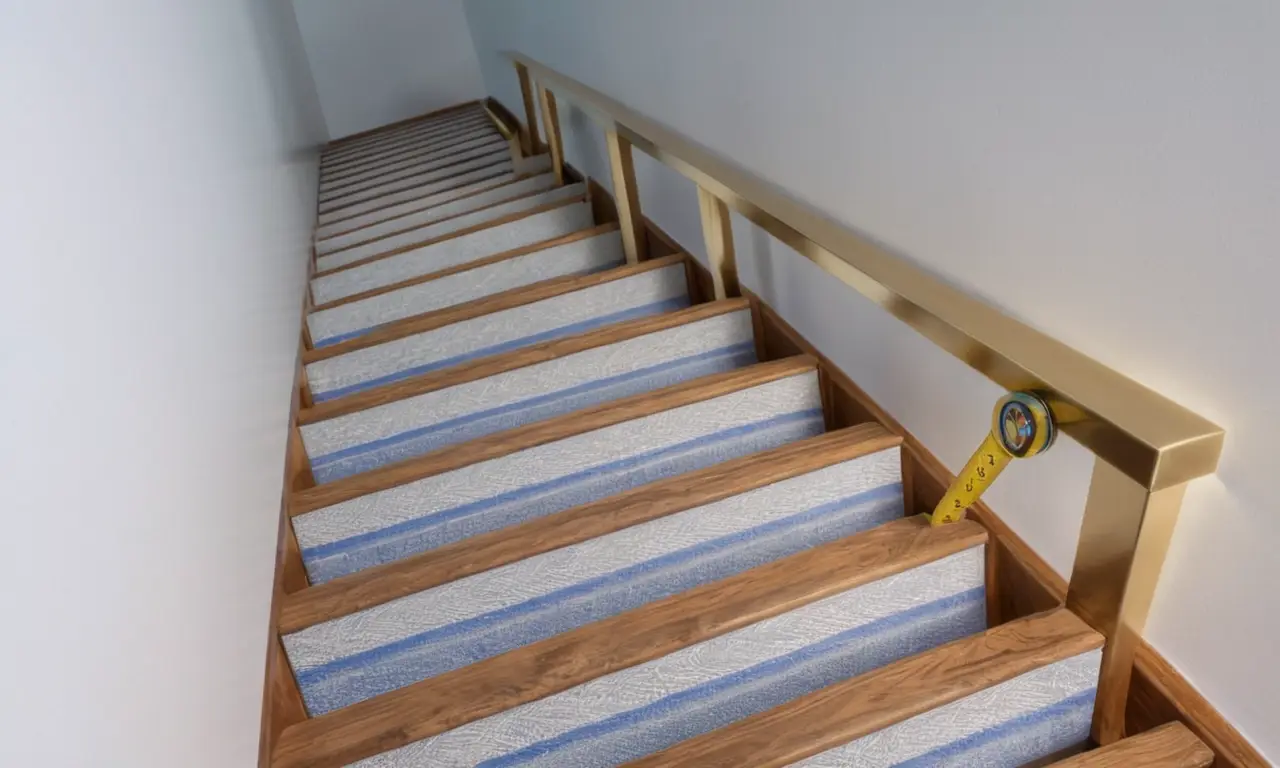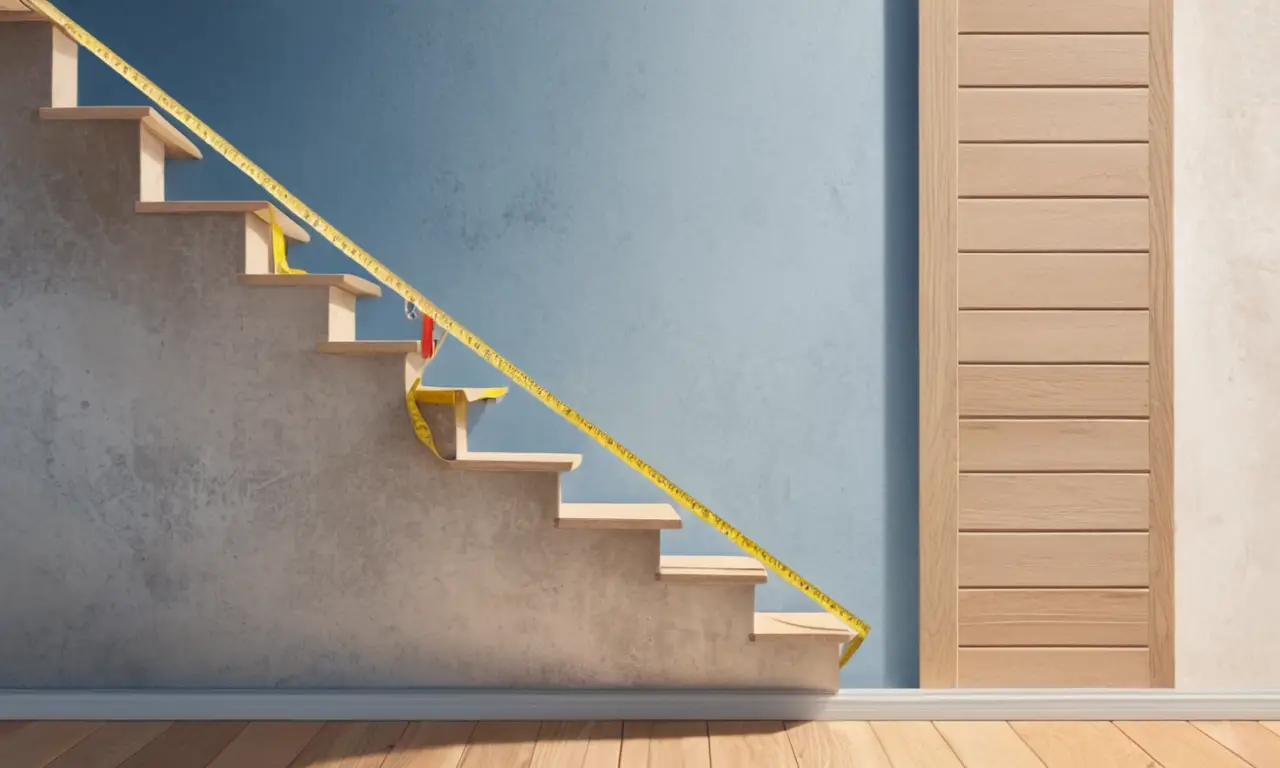
Building or renovating stairs can seem daunting, but understanding key elements like riser height is crucial for a safe and functional staircase. This article will delve into the definition of stair risers, explain how to measure them accurately, and clarify the distinction between riser height and floor level. By the end, you’ll have a clear grasp of this important aspect of staircase construction.
This guide will cover the definition of stair risers, provide step-by-step instructions on measuring them, explore the difference between riser height and floor level, and emphasize the importance of accurate measurements for safety and code compliance.
Stair Riser Definition
A stair riser is the vertical distance between two consecutive steps on a staircase. It’s essentially the wall or surface that forms the “rise” of each step, allowing you to climb from one tread (the horizontal part of the step) to the next. Risers are typically made of wood, concrete, metal, or other durable materials and contribute significantly to the overall height and appearance of a staircase.
The riser height is measured from the top edge of one tread to the top edge of the next tread directly above it. It’s important to note that the riser height should be consistent throughout the entire staircase for both safety and aesthetic reasons. Variations in riser height can create an uneven and potentially dangerous staircase.
Measuring Stair Risers

Accurately measuring stair risers is essential for ensuring a safe and functional staircase. Here’s a step-by-step guide:
- Gather your tools: You’ll need a tape measure, preferably one with a locking mechanism to hold the measurement steady. A level can also be helpful to ensure accurate measurements.
- Choose a starting point: Select a tread on your staircase and mark it clearly. This will serve as your reference point for measuring.
- Measure from top edge to top edge: Place the tape measure against the top edge of the marked tread and extend it vertically until it reaches the top edge of the next tread directly above it. Read the measurement carefully, noting any fractions of an inch.
- Repeat for each riser: Continue measuring the riser height between each consecutive pair of treads throughout the entire staircase. Record your measurements in a notebook or spreadsheet for easy reference.
Riser Height vs. Floor Level
A common misconception is that the floor level itself contributes to the riser height. However, this is not the case. The floor does not count as part of the riser.
The riser height refers solely to the vertical distance between the top edges of two consecutive treads. The floor serves as the base for the staircase and its level remains constant throughout the structure.
Importance of Accurate Measurements

Accurate stair riser measurements are crucial for several reasons:
- Safety: Incorrect riser heights can create an unsafe staircase, making it difficult to climb or descend safely.
- Code Compliance: Building codes often specify maximum and minimum riser heights to ensure safe and accessible staircases. Failing to meet these requirements can result in building code violations.
- Aesthetics: Consistent riser heights contribute to the overall aesthetic appeal of a staircase, creating a visually pleasing and harmonious design.
Conclusion
Understanding stair riser height is essential for anyone involved in building or renovating stairs. By accurately measuring risers and distinguishing them from floor level, you can ensure a safe, functional, and aesthetically pleasing staircase that meets building codes and enhances your home’s overall design.
